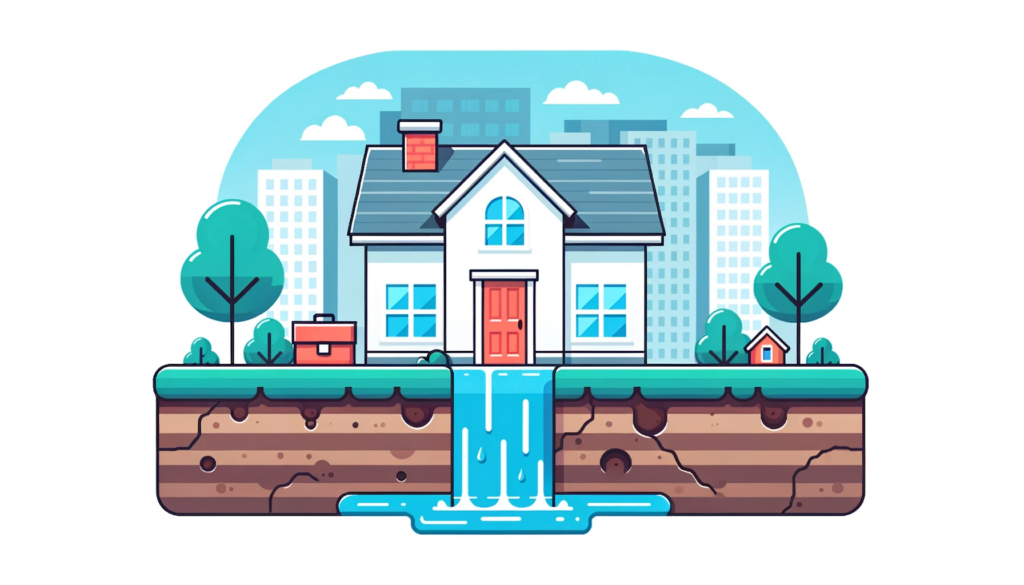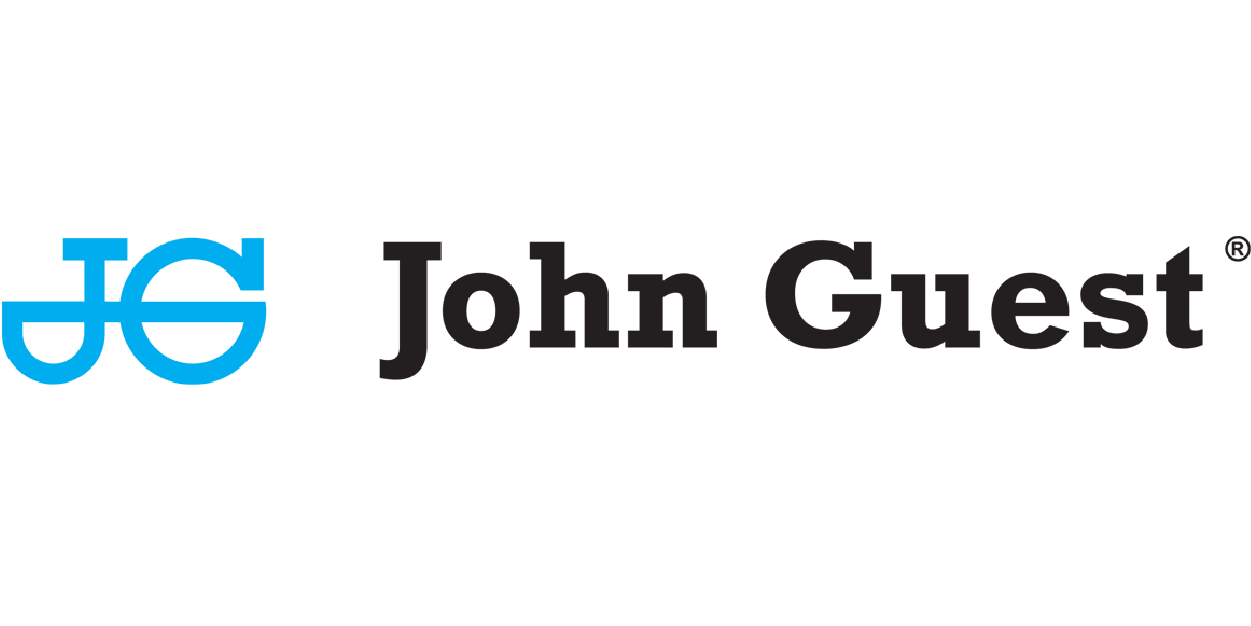
Call Today 09 973 4973 or
Infrastructure Resilience and System Integrity
- Elevating Gas Appliances: To minimise the impact of floodwaters, critical gas appliances should be positioned above known flood levels. This measure is particularly advised for water heaters, furnaces, and kitchen ranges, helping to prevent water damage and the subsequent risk of leaks or malfunctions.
- Waterproof Gas Connections: Enhancing the gas system’s resilience to water exposure involves using waterproof connections and components. These specialised fittings are engineered to prevent water from entering the gas system, thereby safeguarding against the disruption of gas supply and reducing the likelihood of leaks during and after flooding.
- Regular Inspections: Regular professional evaluations are essential in flood-prone locales. These inspections are aimed at identifying potential issues such as corrosion or seal degradation that could compromise the system’s integrity. Ensuring that all aspects of the gas installation are in optimal condition and fully functional is crucial for maintaining safety in the face of flood risks.
Technological Solutions for Flood Safety
- Automatic Gas Shut-off Valves: Integral to flood-preparedness, these valves automatically sever the gas supply in response to detecting water, acting as a critical line of defence against gas leaks under flood conditions. Installation of these valves is considered a best practice for properties in areas at high risk of flooding.
- Remote Gas Leak Detection Systems: Modern gas safety is increasingly reliant on technology, with remote monitoring systems playing a pivotal role. These systems enable property owners to be alerted to gas leaks in real-time, providing the opportunity for immediate response. When paired with remote shut-off capabilities, they significantly enhance the safety and manageability of gas systems during flood events.
Community Awareness and Emergency Preparedness
Community involvement and awareness are pivotal in enhancing gas safety in flood-prone areas. Educating residents and business owners on the risks and safety protocols associated with gas systems during floods can greatly contribute to minimising hazards.
- Educational Programs on Gas Safety: Implementing community outreach programs that educate on the importance of gas safety before, during, and after floods is vital. These programs should cover how to recognise gas leaks, the importance of installing gas detectors, and the procedures for safely shutting off gas valves in the event of a flood.
- Emergency Response Plans: Encouraging the development and dissemination of comprehensive emergency response plans that include specific gas safety procedures can significantly enhance preparedness. These plans should offer clear guidelines on actions to take if a gas leak is suspected following a flood, including how to safely evacuate the area and contact emergency services.
- Collaboration with Local Authorities: Strengthening ties with local emergency services, gas utilities, and civil defence organisations ensures a coordinated response to flooding incidents. This collaboration is essential for prioritising safety and restoring services promptly and safely post-event.
Recovery and Gas System Assessments Post-Flood
After floodwaters recede, attention turns to recovery efforts and ensuring the integrity of gas systems before they are reactivated:
- Comprehensive Inspections: Before restoring the gas supply, a thorough inspection by certified gas professionals is required to assess the system’s condition. This examination should identify any damage, leaks, or safety concerns that need to be addressed to ensure the system is safe to use.
- Prioritising Repairs: Floods can affect a wide area, potentially damaging numerous gas systems. Prioritising repairs based on safety risks and the urgency of service restoration is crucial. Collaboration between emergency services, gas utility providers, and local authorities is key to managing these priorities and ensuring a systematic, efficient return to normal operations.
- Public Information Campaigns: Post-flood recovery is an opportune time for public information campaigns aimed at raising awareness about gas safety. These campaigns can reinforce the importance of professional inspections and maintenance, remind the public of safety measures for future floods, and provide updates on recovery progress and services restoration.
Implementing gas safety in flood-prone areas is a multifaceted endeavour that requires proactive measures, technological solutions, and strong community engagement. By adopting these strategies, regions vulnerable to flooding can enhance their resilience, protect residents and infrastructure, and ensure a swift, organised response to mitigate the impact of floods on gas safety.
Suppliers




